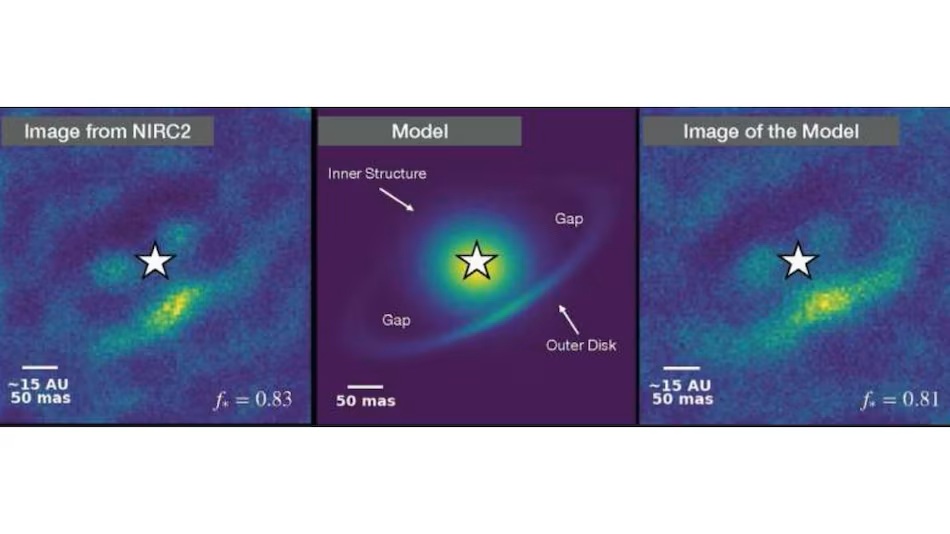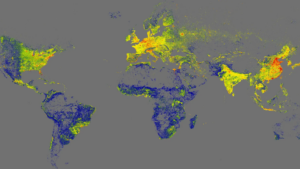
Astronomers have identified signs of a new planet forming within a cosmic “planet-making factory” located approximately 400 light-years from Earth. This discovery sheds light on the processes involved in planetary formation and highlights the dynamic nature of our galaxy. The research was published in a recent study by IOPscience, a well-respected scientific publisher.
The newly detected planet is still in its infancy, suggesting that the conditions necessary for its formation are active and ongoing. The findings provide valuable insights into how planets develop and evolve over time. Studying these early stages can help scientists understand not only our solar system’s history but also the potential for life on other planets.
Details of the Discovery
The observations were made using advanced telescopes capable of capturing the intricate details of distant celestial bodies. The researchers focused on a specific region of space known for its ability to create new planets. This area, often referred to as a “planet-making factory,” is characterized by dense clouds of gas and dust, where the raw materials for planet formation are abundant.
According to the study, the planet is still gathering mass and may take millions of years to fully form. Such a process is not unique; astronomers believe that many other planets are currently in similar stages of development across the universe. The research enhances our understanding of the lifecycle of planets and the conditions necessary for their emergence.
Implications for Future Research
This discovery opens new avenues for research into planetary systems beyond our own. The findings may contribute to ongoing efforts to locate Earth-like planets that could potentially support life. By examining how planets form and evolve, astronomers can refine their search for habitable worlds.
The study also raises questions about the diversity of planetary systems. It challenges existing theories about how planets are formed and suggests that the processes may be more complex than previously thought. As astronomers continue to investigate this cosmic phenomenon, they hope to uncover additional insights that could reshape our understanding of the universe.
In summary, the identification of a new planet forming just 400 light-years away marks an exciting milestone in astronomical research. It highlights the vibrant processes occurring in our galaxy and encourages further exploration into the origins of planetary systems. The findings from IOPscience underscore the importance of ongoing observation and study in unlocking the mysteries of our universe.






